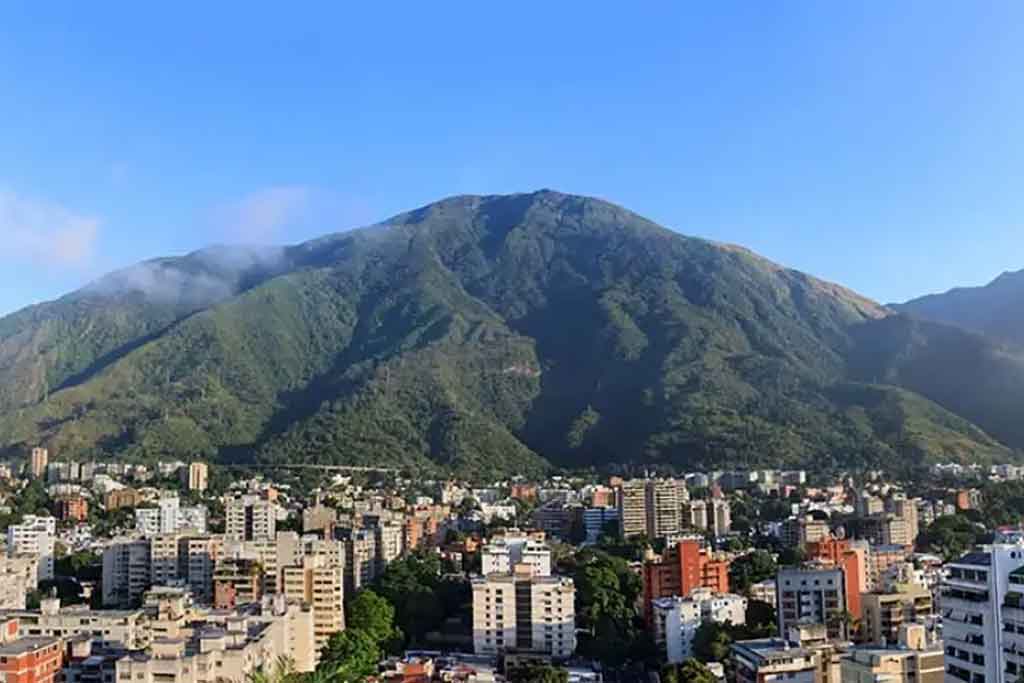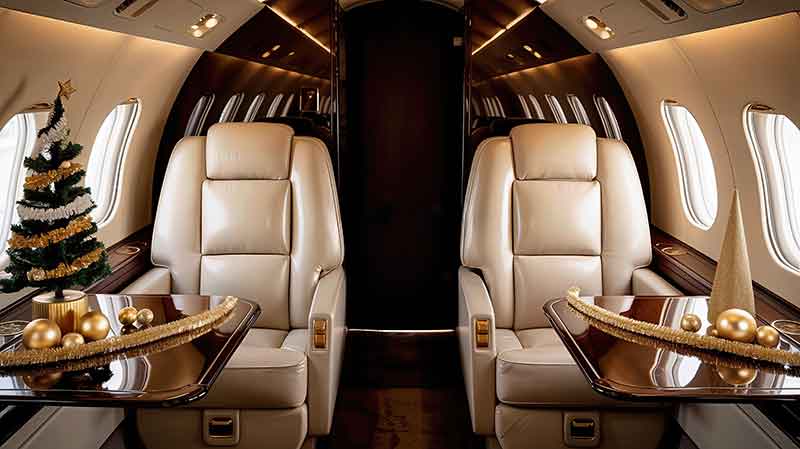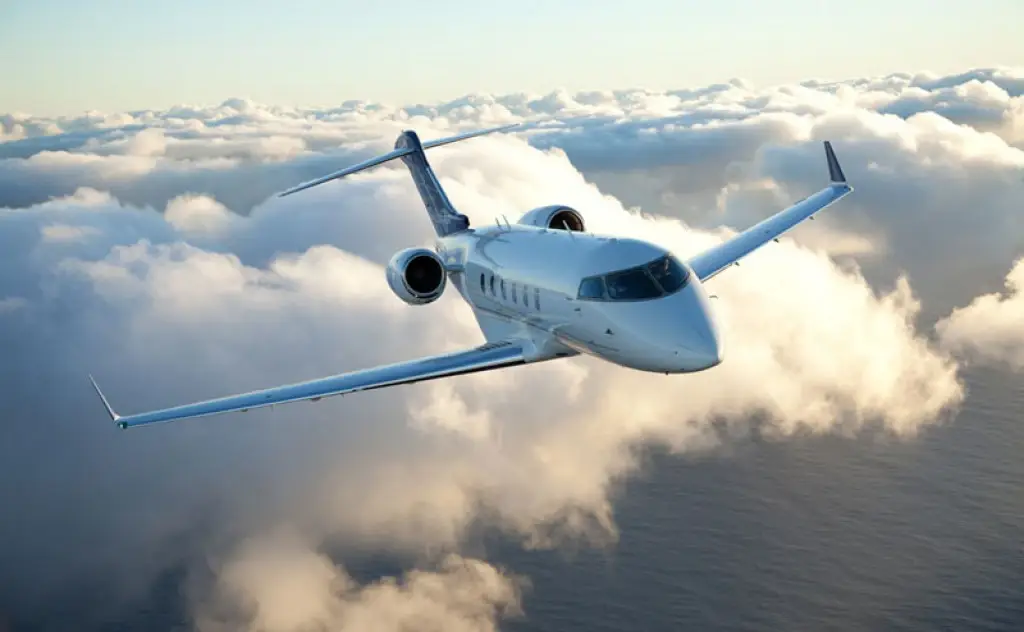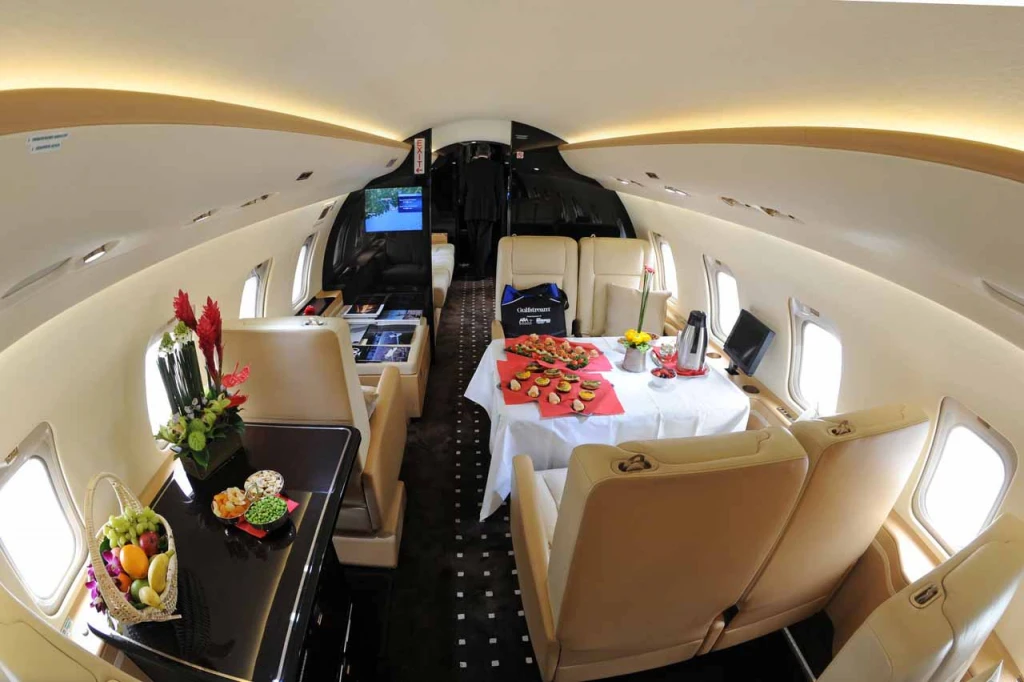Private jets are not more turbulent than commercial planes. Learn why, along with what causes turbulence, how aircraft size impacts safety, and more.
Private Jets and Turbulence: What You Need to Know
- Turbulence can affect all aircraft, but private jets often experience less turbulence due to flexible routing and altitude options.
- Private jets are not more turbulent—in fact, their ability to fly higher helps avoid common sources of rough air.
- Smaller planes may feel more turbulence than larger aircraft, but that doesn’t mean they are less safe.
- There are five primary types of turbulence, each triggered by distinct atmospheric or environmental factors.
- Turbulence is rarely a safety risk—modern aircraft are built to handle severe conditions, and serious injuries are extremely rare.
- Flying private offers the most customizable and comfortable experience for those who want to minimize turbulence and maximize peace of mind.
Traveling by private jet is designed to be a hassle-free experience, allowing passengers to bypass the long lines and security checks typically associated with commercial flights. However, while it is a better overall experience, private jets experience turbulence like commercial airliners. The big difference is that private jets have more options to help them avoid turbulence than commercial airliners.
Why Do Planes Have Turbulence?
Before we explain how private jets can avoid turbulence better than commercial airliners, let's first look at the types of turbulence that exist and what causes turbulence to occur in the first place.
Essentially, turbulence is a term used to describe pockets of rough air that can occur at any altitude and time while flying. Several factors, including other aircraft nearby, temperature, humidity, wind shear, and jet streams, can cause turbulence.
Are Private Jets Bumpy?
Just like commercial aircraft, private jets can be bumpy when there’s turbulence. The difference is that private jets are better at avoiding turbulence than airliners. That’s because private jet pilots can access the same advanced weather forecasts as airline pilots, but they enjoy more flexibility to adjust altitude or flight paths mid-flight to avoid rough air.
That flexibility can make a noticeable difference in flight smoothness.
There’s a common misconception that private jets experience more turbulence than commercial aircraft, but that’s simply not true. If anything, they have the option to experience less turbulence by avoiding pockets where it exists.
Do Small Planes Have More Turbulence than Bigger Planes?
Yes, smaller aircraft often fly lower than larger planes and thus, they often experience more turbulence than larger planes. So, if a private jet is smaller than a larger commercial airplane, then it might be more susceptible to turbulence-related bumpiness, comparatively speaking. But if a private jet is bigger than a commercial plane, comparatively speaking, it will experience less turbulence than that plane.
In other words, the size of a plane does impact the turbulence felt.
Types of Turbulence Experienced in Both Private Jets and Commercial Planes
The 5 main types of turbulence are:
- Wake turbulence: Have you ever noticed that there is always a gap between the times aircraft take off? One of the reasons for this is to stop the following aircraft from dealing with the rough air created by the plane in front of it. Similar to the wake caused by a boat moving through the water, an aircraft passing through the air creates a wake that creates turbulence.
- Topographic and mechanical turbulence: Found along hill and mountain ridgelines, topographic and mechanical turbulence occurs when the wind hits a large object and is diverted upwards. The same phenomenon can also occur when winds hit tall or large buildings. For this reason, you often see gliders flying along ridgelines looking for updrafts that will take them higher.
- Thermal turbulence: Caused by rising hot air meeting descending cooler air, thermal turbulence occurs mainly in the afternoons on hot summer days. As the Earth's surface heats up, it warms the air above it, causing it to rise upwards. When the hot air and the cool air meet, it causes turbulence.
- Connective turbulence: More prominent in the summer than during other times of the year, connective turbulence occurs when a cold front meets hot air. When the two pockets of air meet, thunderstorms develop, creating turbulence in the unsettled air.
- Clear-air turbulence: This type of turbulence occurs without any warning, usually at altitudes of between 23,000 and 39,000 feet. Clear-air turbulence is due to bodies of air like jet streams colliding with each other.
Is Turbulence a Safety Issue?
If you experience more turbulence in a small plane than in a large one, does that mean you should always fly in large planes? In other words, are bigger planes safer? The simple answer is no. Bigger planes are not inherently safer than smaller planes. What’s more, turbulence very rarely results in serious injury and death.
To contextualize a bit further, according to recent data from the National Transportation Safety Board (NTSB), just 163 people were seriously injured by turbulence from 2009 to 2022. Meanwhile, 853 million passengers flew in 2022 alone, according to the Bureau of Transportation Statistics (BTS). During that same period, roughly 10 billion passengers flew in total, making the serious turbulence injury rate about 0.0000016%.
In other words, while encountering severe turbulence will have you gripping the armrests of your seats, modern commercial airliners and private jets are built to handle the worst turbulence Mother Nature can throw at them.
Private jets and their pilots are privy to the same weather reports as commercial pilots, but unlike commercial airline pilots, they have more leeway regarding routes and altitude levels. Private jets also have the same weather radar found on airliners and can avoid thunderstorms and weather fronts.
For airlines, it's about getting between A and B most economically, and if that means flying through turbulent air, so be it. Private pilots, on the other hand, can avoid areas of turbulence and fly at higher altitudes where unsettled air is less of a concern.
For example, the maximum ceiling for a Boeing 777 is 43,000 feet, whereas a private plane like a Gulfstream G650 can fly at 51,000 feet without any problem. The higher you go, the less the temperature of the air fluctuates, which equates to a lesser chance of encountering turbulence.
In Conclusion
Not only is flying by private jet better than flying commercially, but it is also the best way to fly if you want to avoid turbulence. And even if you do experience turbulence, you’re statistically very unlikely to be in any real danger, despite headlines you might read or hear about in the news.
If you are interested in chartering a private jet, Paramount Business Jets is an expert in matching customers with the perfect plane. For more information, call +1-877-727-2538 24/7 or visit our main webpage, paramountbusinessjets.com








